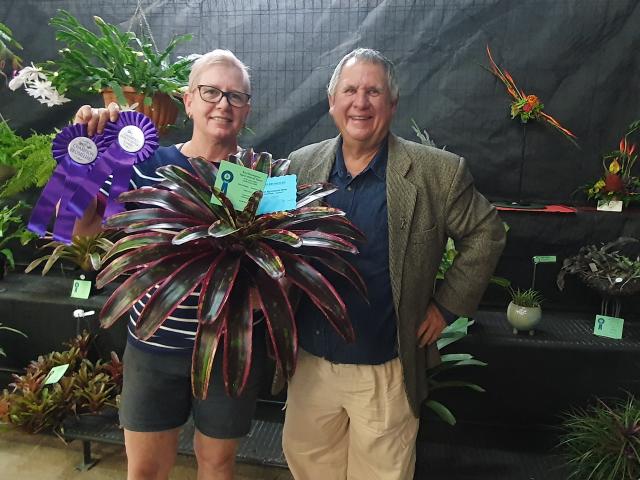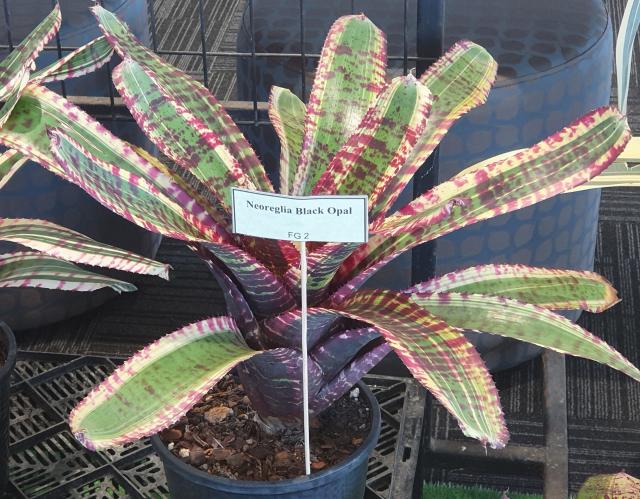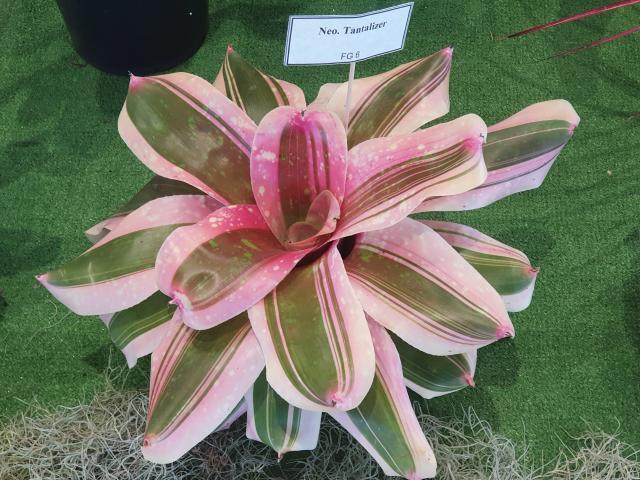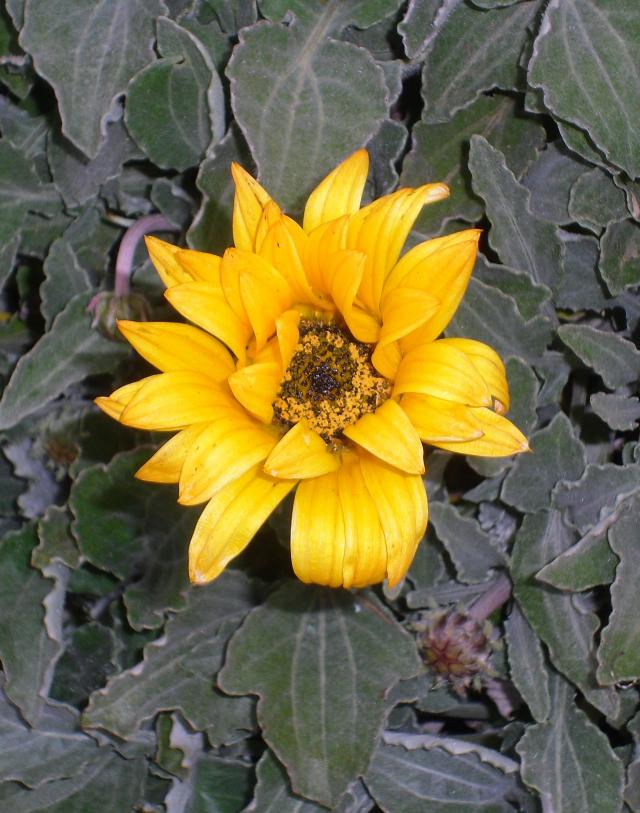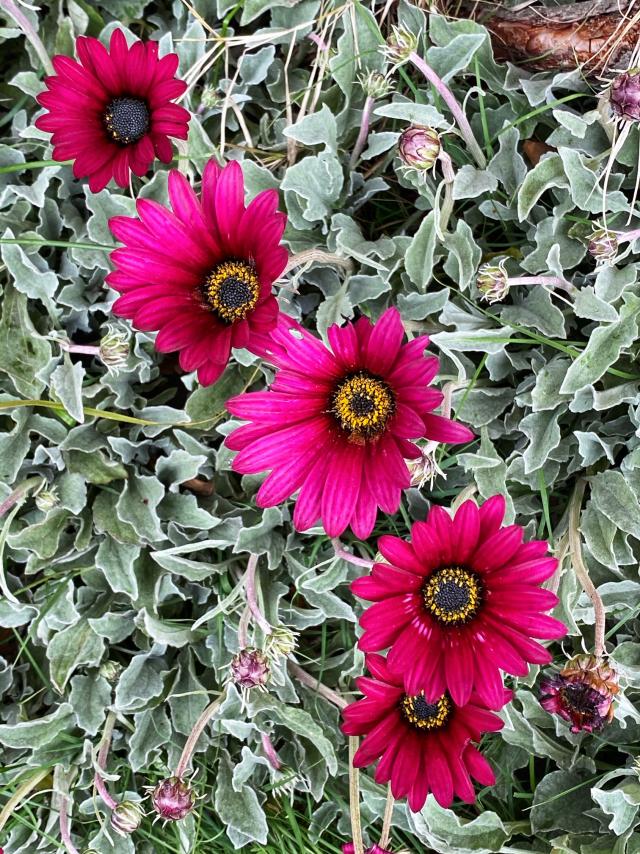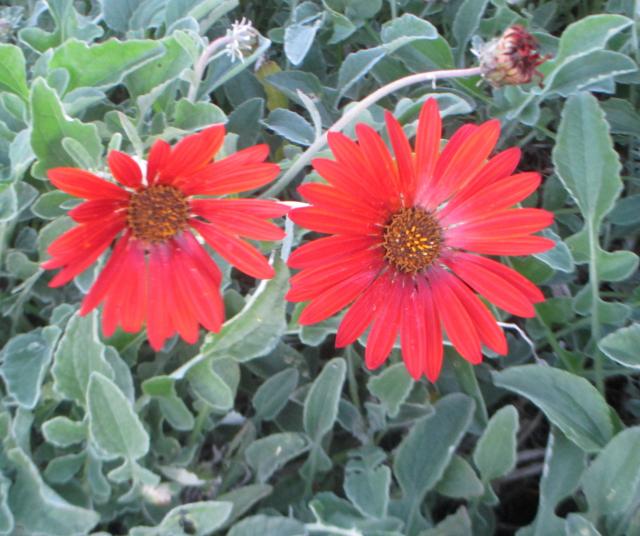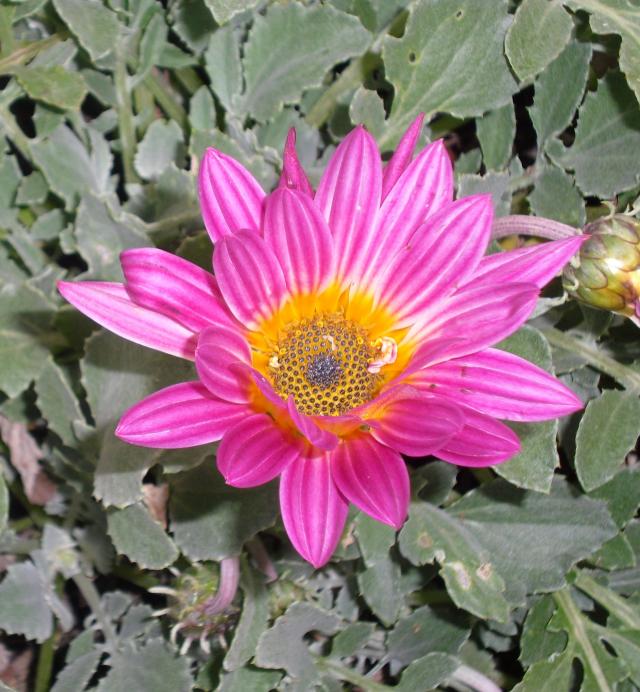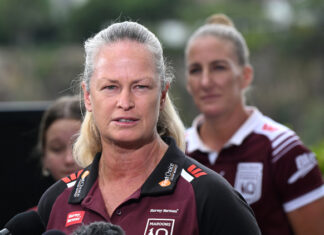There is a very useful groundcover that could be a game changer for many coastal gardeners.
Unfortunately it is not used as much as it should.
The groundcover is Arctotis or African Daisies, they are not to be confused with Osteosperma formerly Dimeothecas.
This groundcover has been used by our western gardeners for many years.
In these locations gardeners could even select the Arctotis as a western-side feature in their gardens.
Without fear that the Arctotis will collapse during the first hot dry winds of summer.
These days there are many dazzling flowering Arctotis hybrids that are ideal as ground covers, boarders or even as a colourful cover for sloping gardens or embankments.
Being hardy, sun-loving plants, they can handle just about any type of environment, though being well mulched may be required in certain well-drained soils.
In recent times so many Arctotic hybrids have been developed that thrive in coastal conditions.
Giving coastal gardeners a plant that could be grown on an exposed hillside requiring limited water yet giving a colourful floral display.
There are many spectacular flowering Arctotis hybrids that are ideal as ground covers, boarders or even as a colourful cover for sloping gardens or embankments.
The dense silver foliage and colourful blooms of the Arctotis make an eye-catching feature in any garden.
The range of flower colours include variations of red, white, yellow, pink, orange and mauve, with contrasting centres.
It should be noted that on cloudy days, or even as the afternoon shadows fall upon the plant, the flowers will close up, and sometimes they will tend to flower on the sunnier side of the garden first.
BROMELIAD
Have you ever thought of planting a feature of Bromeliads in your garden?
If there is one plant that has a love hate relationship with gardeners it would be the Bromeliad.
Over the last few years many high profile landscapes have featured these plants for their colour displays.
Yet it would be right to say that the Bromeliad would still be one of the most underutilised plants in Central Queensland landscapes.
Last week I received an email from Rose of Clermont asking if she could grow Bromeliads in her garden.
She has a number of canopy shade trees that shield the hot western sun and is able to grow the Bromeliads in both pots and in the ground.
Bromeliads are perfect in those locations underneath old trees or palms that throw shade where there is always a dense mat of roots that can make it hard to establish other plants. Bromeliads grow very well in these conditions as they don’t feed from their roots.
Bromeliads basically feed from the water debris that falls into their central cup.
Most Bromeliads grow well on tree trunks and in tree branches.
Lava rock or scoria is recommended as a potting medium.
If you plant Bromeliads directly into your garden it is best to build up the soil with rocks, gravel or scoria to ensure good drainage.
Bromeliads are particularly good for shade areas that are fairly dry from root competition.
Bromeliads need good light to maintain their beautiful colours.
There are several varieties that will survive in all-day sun but most need protection from midday sun.
Bromeliads are hardy plants native to South America that enjoy the humidity of the tropics.
Bromeliads will produce coloured leaves around flowering time which attracts the insects or birds required for pollination.
Bromeliads will flower only once in its lifetime and then produce off shoots, usually from the base and finally die.
The cup of the bromeliad should be kept full of clean water and the cup flushed out completely once every month.
Most Bromeliads use their roots for stability and feed through trichomes on their leaves.
Their main requirement is to drain well but they can survive being too wet.
Bromeliads mainly need phosphorous and potassium and have a low requirement for added nitrogen as it will only make the leaves long and green.
An orchid flowering fertiliser or a bloom booster is the closest to the plants required NPK ratio.
Remember to flush out the water regularly that sits in the central cup, otherwise mosquitoes can breed in these Bromeliads.

